PDF-A review of the performance of bilge socks proposed fo
Author : tatiana-dople | Published Date : 2015-05-05
Costa PhD Bu zzards Bay Project National Estuary Program Final May 20 2000 brPage 2br Introduction Most boats have compartments inside their hull that serve to capture
Presentation Embed Code
Download Presentation
Download Presentation The PPT/PDF document "A review of the performance of bilge soc..." is the property of its rightful owner. Permission is granted to download and print the materials on this website for personal, non-commercial use only, and to display it on your personal computer provided you do not modify the materials and that you retain all copyright notices contained in the materials. By downloading content from our website, you accept the terms of this agreement.
A review of the performance of bilge socks proposed fo: Transcript
Download Rules Of Document
"A review of the performance of bilge socks proposed fo"The content belongs to its owner. You may download and print it for personal use, without modification, and keep all copyright notices. By downloading, you agree to these terms.
Related Documents

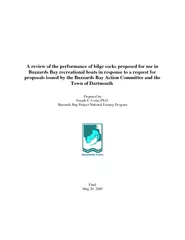
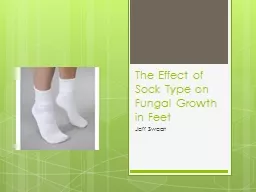
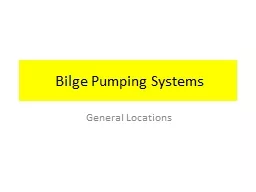




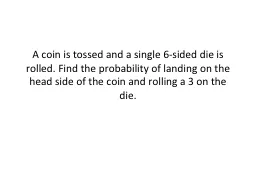
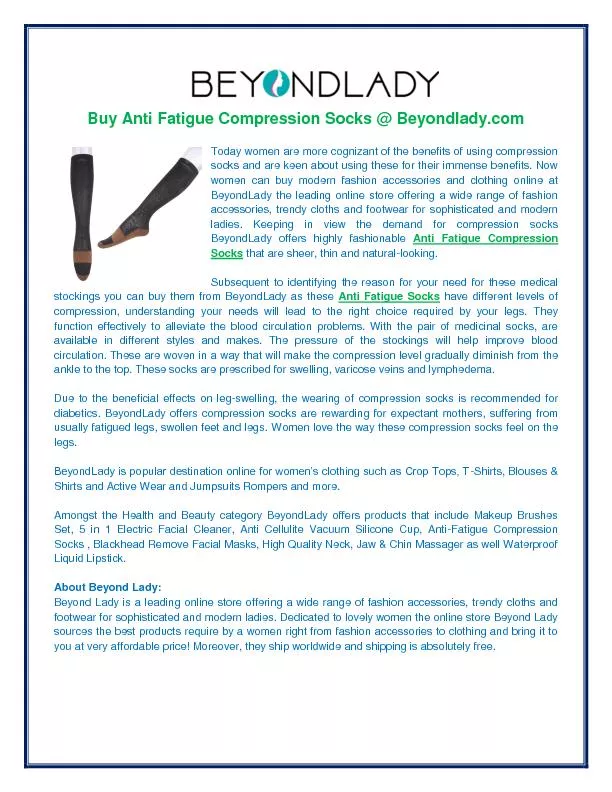

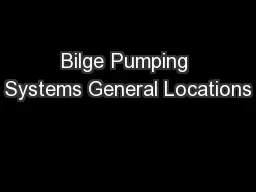


![[EPUB] - Knock Your Socks Off Answers: Solving Customer Nightmares and Soothing Nightmare](https://thumbs.docslides.com/881555/epub-knock-your-socks-off-answers-solving-customer-nightmares-and-soothing-nightmare-customers-knock-your-socks-off-series.jpg)